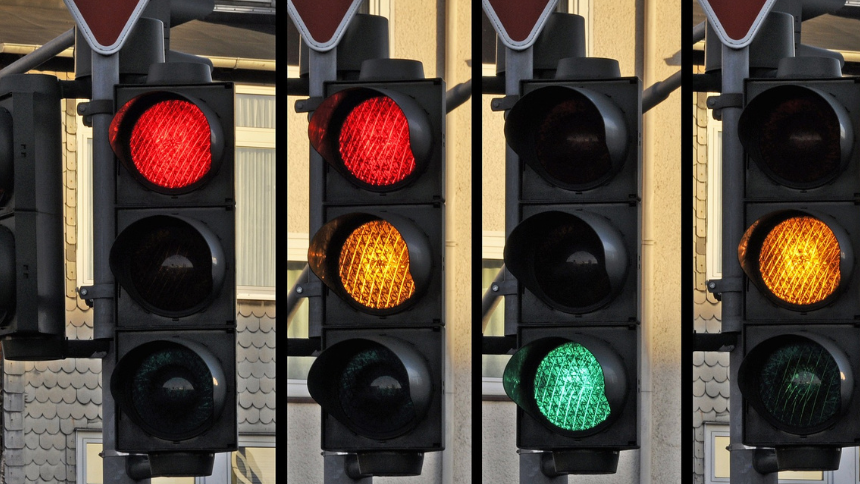
Is a fourth color coming to a traffic signal near you?
North Carolina State University researchers think a fourth color - white - would enable autonomous vehicles to help control traffic flow and let human drivers know what’s going on.
We learn at an early age the meaning of the three colors in a traffic light. Red means stop, green means go, and these days, yellow means prepare to stop SOON!
If researchers at North Carolina State University (NC State) are successful, there will be a fourth color – white, which would enable autonomous vehicles (AVs) to help control traffic flow – and let human drivers know what’s going on. In computational simulations, the new approach significantly improves travel time through intersections and reduces fuel consumption, according to this article from WRAL TechWire.
“This concept we’re proposing for traffic intersections, which we call a ‘white phase,’ taps into the computing power of autonomous vehicles themselves,” says Ali Hajbabaie, an author of the paper and an Associate Professor of Civil, Construction, and Environmental Engineering at NC State. “The white phase concept also incorporates a new traffic signal, so that human drivers know what they are supposed to do. Red lights will still mean stop. Green lights will still mean go. And white lights will tell human drivers to simply follow the car in front of them.”
As described in the article, the white phase concept is based on the fact that it is possible for AVs to communicate wirelessly with each other and also the computer controlling the traffic signal. When enough AVs are approaching the intersection, this would activate the white light. The white light is a signal that AVs are coordinating their movement to facilitate traffic through the intersection more efficiently. Any non-automated vehicles – those being driven by a person – would simply be required to follow the vehicle in front of them: if the car in front of them stops, they stop; if the car in front of them goes through the intersection, they go through the intersection.
Like what you've read?
Forward to a friend!

